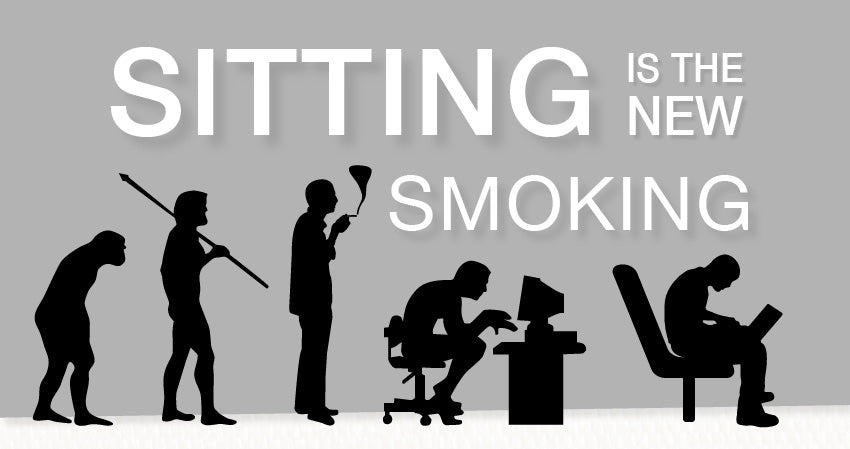
Dr. Daniel Reichlan recently appeared on the Diary of a CEO podcast and shared his thoughts on active sitting and healthy living.

In an era where sedentary lifestyles are becoming the norm, the detrimental effects of prolonged sitting have become a pressing health concern. Dr. Daniel Reichlan‘s research on active sitting aims to redefine our understanding of how we should sit to optimize our health and productivity. At the heart of Dr. Reichlan’s work is a simple yet transformative concept: that sitting need not be a passive activity that compromises our well-being.
What is Active Sitting?
Active sitting diverges from traditional sitting by encouraging movement and muscle engagement - even while seated. Unlike passive sitting, where the body remains static, leading to various health issues, active sitting involves a dynamic approach. It allows for continuous micro-movements, ensuring that muscles are regularly engaged, circulation is boosted, and the detrimental effects of sitting for long periods are mitigated.
Dr. Daniel Reichlan’s Research
Dr. Reichlan’s research highlights the myriad benefits of active sitting, including improved posture, enhanced muscle tone, and better blood circulation. His findings suggest that active sitting can significantly reduce the risk of chronic conditions associated with sedentary behavior, such as back pain and metabolic disorders. This research provides a scientific foundation for a healthier approach to this ubiquitous activity.
Implications of Active Sitting in Various Domains
The implications of Dr. Reichlan’s findings extend far beyond the individual, promising transformative changes in workplaces, schools, and homes. By adopting active sitting, offices can become environments where employees are healthier and more engaged, schools can foster better concentration and learning outcomes among students, and home life can be enriched by practices that promote well-being.
Practical Tips for Incorporating Active Sitting
Embracing active sitting doesn’t require a complete overhaul of your furniture; it begins with simple changes. Opting for chairs that encourage movement, taking short breaks to stretch or walk, and incorporating balance balls or standing desks into your routine can make a significant difference. These small adjustments can lead you towards a healthier sitting posture and a more active lifestyle.
Conclusion
Dr. Daniel Reichlan’s research on active sitting offers a promising path forward in our fight against the sedentary lifestyle epidemic. By reevaluating how we sit, we can take a proactive step towards enhancing our health and well-being. Let’s embrace the principles of active sitting and make the move towards a more dynamic and healthy way of living.
References and Further Reading
For those interested in exploring the topic further, Dr. Reichlan’s research papers provide in-depth insights into the benefits of active sitting. This piece, Sitting, squatting, and the evolutionary biology of human inactivity is a great place to start.
Additional resources on ergonomics and wellness can also offer valuable guidance for those looking to adopt this healthier approach to sitting.
